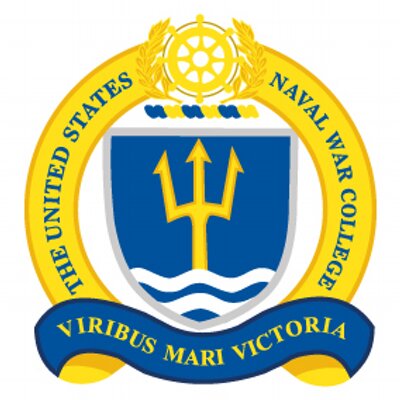Biographical note
Members of the Ingraham family first immigrated to the United States in the seventeenth century from Great Britain. Many of the Ingrahams settled in South Carolina and became a seafaring family with strong connections to both the United States Navy and the Navy of the Confederate States.
One of the most renowned Ingrahams, was an U.S. Navy Captain and later a Confederate Navy Captain, Nathaniel Duncan Ingraham (1802-1891) of Charleston, South Carolina. In 1812, Ingraham entered the U.S. Navy as a midshipman and served continuously until the outbreak of the Civil War. While serving for the U.S. Navy, Ingraham received a gold medal from Congress in 1853 for his role in freeing Martin Kosta, a Hungarian refugee who had declared his intentions of becoming an American citizen, but was kidnapped by Austrians and help hostage on board the Austrian brig, Hussar. In 1855, he was promoted to captain and was appointed the chief of the Bureau of Ordnance and Hydrography, a position he held until 1860 when then assigned to command the sloop USS Richmond in the Mediterranean.
After learning that his home state of South Carolina had seceded from the Union, Ingraham returned from the Mediterranean in January 1861, resigned his U.S. Navy commission, and joined the Confederate Navy as a captain in March 1861. His first Confederate assignment was as commandant of the Warrington Navy Yard in Pensacola, Florida and in November 1861, he was assigned the command of the naval station in Charleston. While in Charleston, he oversaw the construction of the Confederate ironclad, Palmetto State, later commanding the ship when it and the Chicora attached Union blockaders in Charleston harbor. Relieved of sea command in March 1863 due to his age, Ingraham remained in charge of Confederate Navy shore installations until Charleston fell to Union forces in 1865.
Following the war, Captain Ingraham remained in Charleston and died there on October 16, 1891. To recognize his achievements and his memory, the U.S. Navy has since commissioned four ships in his honor, the most recent of which, the USS Ingraham (FFG-61), was just decommissioned in 2015.
Besides Captain Nathaniel D. Ingraham, other members of the Ingraham family aligned with the Confederacy during the Civil War including his son-in-law, Wilburn Briggs Hall (1838-1912) and relative, John H. Ingraham, who served as a lieutenant on the CSS Georgia. Wilburn B. Hall, also from South Carolina, graduated from the U.S. Naval Academy in 1859 alongside Alfred T. Mahan. He was first assigned to the USS Constellation and later resigned his commission with the U.S. Navy in March 1861 to join the Confederate Navy. Halle next saw action in the Battle of Port Royal in November 1861 and was active in several blockade missions throughout the course of the war. In 1865, he joined the Confederate army and was in Charleston until it was evacuated, later surrendering with General Joseph E. Johnston in North Carolina. Also during the war, probably around 1864, Lieutenant Hall served as a commander of midshipmen for the Confederate States Naval Academy in Richmond, Virginia. Hall’s career after the Civil War included working as an engineer in Egypt with the United States Army, serving as a U.S. consul, and establishing a school of instruction in Baltimore for cadet engineers preparing to apply to naval and military academies.
Once the Civil War was over, the Ingrahams signed oaths of allegiance to the United States and to this day the Ingraham family continues to see its members attend the U.S. Naval Academy and proudly serve in the U.S. Navy.


